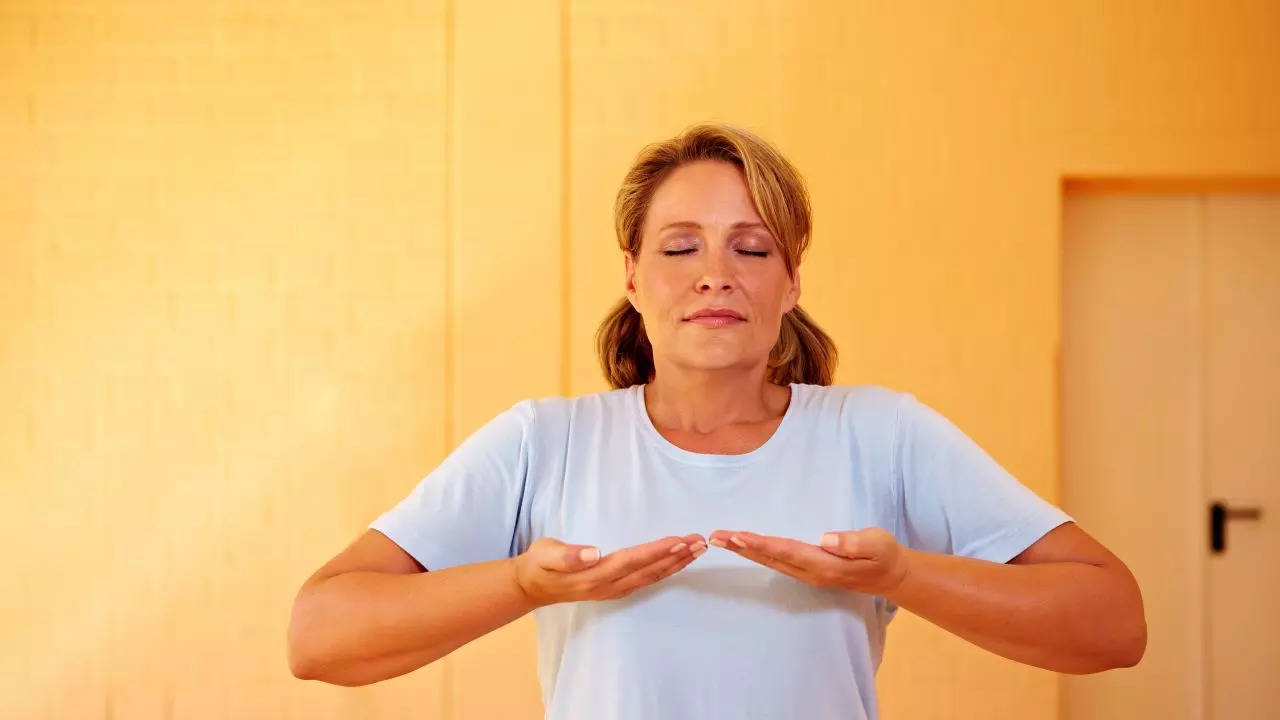Table of Contents

Anxiety disorder is a condition wherein you have intense, excessive and persistent worry and fear about everyday situations. People who have anxiety disorders have repeated episodes of sudden feelings of intense anxiety and fear or terror that reach a peak within minutes which is also known as panic attacks. This feeling of anxiety and panic can affect your ability to perform daily activities. It can also be difficult to control, out of proportion to the actual danger and can last for a long time. In such a situation, one tends to avoid places or certain situations to prevent these feelings.
There are several ways to ease your anxiety, one of them is the 4-7-8 breathing exercise. In this process, you inhale for 4 seconds, then you hold your breath for 7 seconds and then eventually exhale for 8 seconds. This breathing exercise is based on pranayama and was developed by Dr Andrew Weil.
How To Perform The Breathing Exercise?
- To practice the 4-7-8 breathing, start by sitting or lying down in a place comfortably. It is better if you perform it while sitting, however, if you’re trying to fall asleep, you can lie down.
- Then, make sure the tip of your tongue is resting against the roof of your mouth and keep it in position throughout the practice.
- First, let your breath out through your lips, making a whooshing sound.
- Inhale and count to four. Breathe in through your nose while mentally counting up to four.
- Hold and count to seven. Gently hold your breath while counting to seven.
- Exhale and count to eight. Breathe out slowly for eight counts, with your lips slightly pursed around your tongue.
- Repeat the process.
Healthline says that it’s recommended that you only practice 4-7-8 breathing for four breaths when you’re first starting out. You can gradually work your way up to eight full breaths.
Benefits Of The 4-7-8 Breathing Exercise
It helps to calm your mind
When you perform the exercise repetitively, it helps to calm your mind and also distracts you from the situation which can be beneficial if you’re suffering from anxiety.
It helps to reduce stress and anxiety
Cleveland Clinic says your sympathetic nervous system is responsible for your body’s “fight-or-flight” response. When you’re stressed, this system goes into overdrive, which makes you feel amped-up — like a fast-beating heart, shallow breathing and other telltale signs of stress, like sweaty hands and an upset stomach.
Your parasympathetic nervous system is also responsible for relaxing your sympathetic nervous system and helping you calm down. This breathing exercise can help to activate your parasympathetic nervous system and help you relax and calm down.
It helps you to sleep
When your mind is calm and there’s a reduction in your anxiety, it helps you get a good night’s sleep. It can also help to decrease your heart rate and blood pressure, both of which help you sleep well.
It helps you respond to stress in a better way
If you practice this breathing exercise regularly, it can help your body to use it as a stress response.

